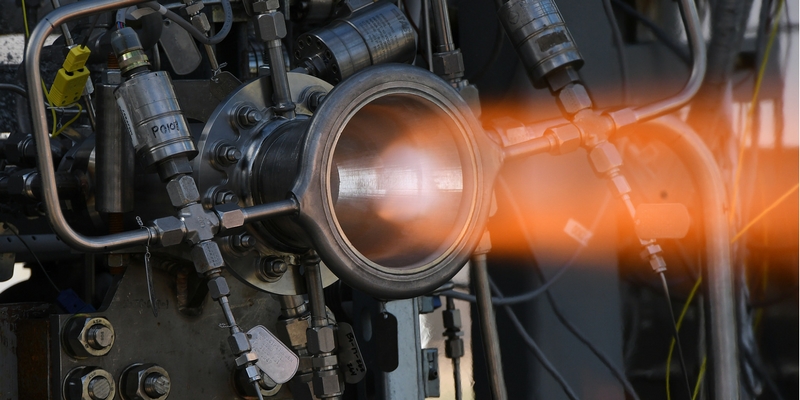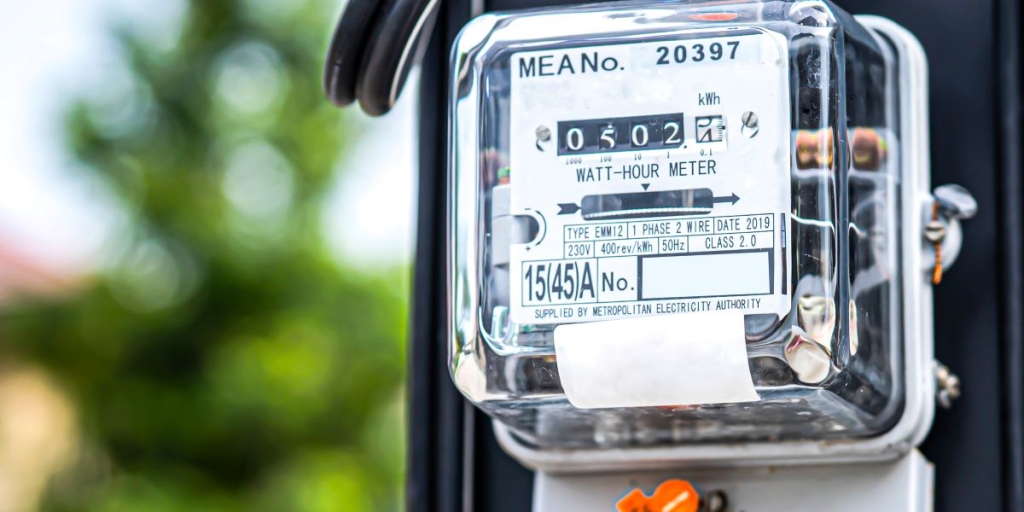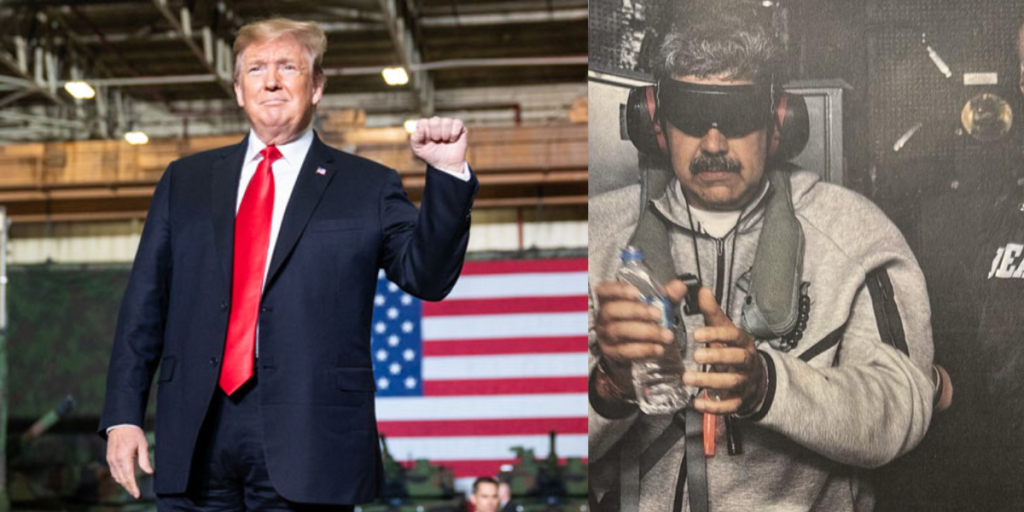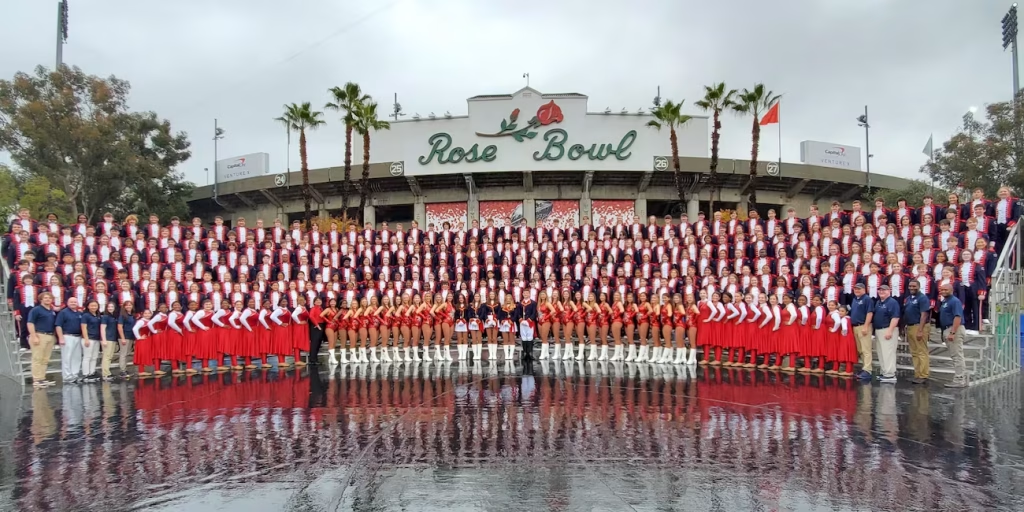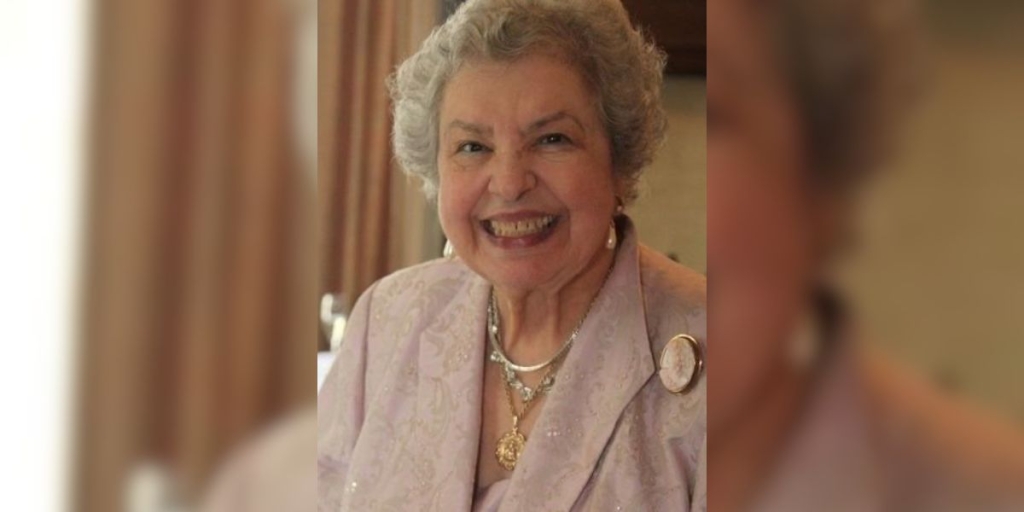The nozzles, which operate in extreme temperatures and pressures as the rocket engine fires, are extremely complex and expensive to manufacture.
The new NASA-patented technology has the potential to slash build time for this critical component from several months to several weeks.
“What makes this development project even more unique is there were three separate, state-of-the-art, advanced manufacturing technologies used together to build a better nozzle and prove it out through hot-fire testing — an example of why Marshall continues to be a worldwide leader in manufacturing of propulsion technologies,” said Preston Jones, director of the Engineering Directorate at Marshall in Huntsville.
NEW TECHNOLOGIES
While most additive manufacturing technologies are powder-based and fabricated in layers, the engineers at Marshall pioneered a new approach. Their method uses a wire-based 3-D printing process to precisely close out channels in the nozzle, fabricating the material in place.
“Our motivation behind this technology was to develop a robust process that eliminates several steps in the traditional manufacturing process,” said Paul Gradl, a senior propulsion engineer in Marshall’s Engine Components Development & Technology Branch.
NASA said Keystone Synergistic of Port St. Lucie, Florida, has used the technology, called Laser Wire Direct Closeout, to fabricate and test a nozzle. Through hot-fire testing at Marshall, engineers put the nozzle through its paces, accumulating more than 1,040 seconds at high combustion chamber pressures and temperatures.
Now, this technology is being licensed and could find use in commercial applications across the industry.
“One of the things I get excited about is advancing and proving out new technologies for our application with industry partners that a private space company can then use as part of their supply chain,” Gradl said.
“That was the objective behind some of this — we formulated the concept, worked with external vendors, and now we’re partnering to infuse this new technology throughout industry to improve advanced manufacturing.”
(Courtesy Made in Alabama)




